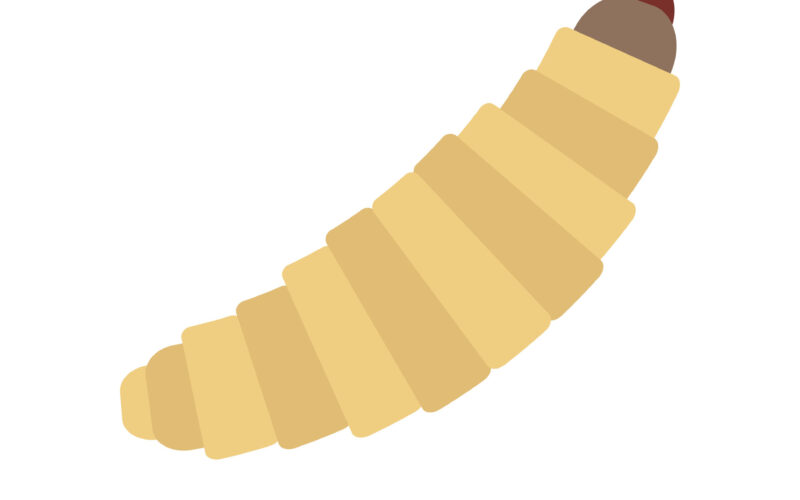Introduction
The production and development of thousands of new plastic products have accelerated, and we cannot imagine living without plastic today. Plastic has made people’s lives convenient. However, the rapid increase in the production of disposable plastic products has caused severe environmental pollution (Parker, 2019).
Environmental pollution caused by plastic
Most plastic waste in the ocean comes from land. Garbage is transported to the sea through rivers and accumulates in coastal waters. Trash swept away by the ocean currents floats and will continue to float around the world. This has led to birds and various marine life dying from the consumption of floating plastic waste. Nearly 700 species, including endangered species, are affected by plastic. Some animals that eat plastic because they think it’s food die because their digestive tracts are blocked or their organs are wounded. Also, a stomach full of plastic causes starvation, causing an animal to die.
Plastic waste decomposes into smaller particles of less than 1/5 inch by the action of sunlight, wind, and waves. Microplastics are very small and have been found to float in the city’s drinking water systems and air (Parker, 2019).
What are wax worms?
Wax moths lay eggs in their hives so that wax worms can eat beeswax for nutrients. The wax worm, a moth’s larva, got its name because it feeds on beeswax from bee hives. Like plastic, beeswax is a polymer composed of similar chemical bonds. The ability of insects to break down beeswax can break down plastics, too. Wax worms can quickly destroy hives. Therefore, the bug is quite a threat to bees and is classified as a pest (LAU, 2020).
The principle by which wax worms decompose plastic
Scientists have discovered that the saliva from wax worms can break down plastic. Enzymes in insect saliva have the ability to oxidize plastic substances. In order for plastic to decompose, oxygen must penetrate the plastic molecules. This is generally the first step in oxidation that occurs when exposed to sunlight or high temperatures. The most resistant polyethylene takes hundreds of years to decompose. However, wax worms’ enzymes have been shown to quickly work and decompose plastic elements without pretreatment and being at room temperature (Lavars, 2022).
Can wax worms be used in plastic recycling methods?
More research should be done to figure out how wax worms can be used for recycling methods. According to ethical and environmental views, raising millions of wax worms on farms is not good. However, scientists should conduct research to isolate and extract enzymes or bacteria that can break down plastic molecules. The process of extracting and refining enzymes will be expensive because it is complex and requires specialized equipment. However, if the study proves viable on the issue of plastic waste, it can be supported by the government and other environmental groups (LAU, 2020).
Conclusion
Wax worms are not the only bugs that can break down plastic. Mealworm is also known to break down plastic molecules. In addition, scientists have discovered more than 50 kinds of microorganisms that eat plastic (Betz, 2020).
A lot of cooperation is needed to solve the plastic waste crisis. Wax worms can be used as one of the solutions. Overall, the biochemical solution chain has great potential and is an area that needs more exploration (LAU, 2020).
Plastic pollution is spread in the sea, in ecosystems, and even in our bodies. That is why many countries around the world have tried to reduce plastic pollution. Biochemical research will be an eco-friendly solution to reduce plastic pollution.
References
Betz, E. (2020). Scientists Found a Caterpillar That Eats Plastic. Could It Help Solve our Plastic Crisis? [online] Discover Magazine. Available at: https://www.discovermagazine.com/environment/scientists-found-a-caterpillar-that-eats-plastic-could-it-help-solve-our [Accessed 28 October 2022].
LAU, E. (2020). How Wax Worms Can Be Used to Fight Plastic Waste. [online] Earth.org – Past | Present | Future. Available at: https://earth.org/how-wax-worms-can-be-used-to-fight-plastic-waste/ [Accessed 28 October 2022].
Lavars, N. (2022). Wax worm saliva shown to degrade plastic bags in just hours. [online] New Atlas. Available at: https://newatlas.com/environment/wax-worm-saliva-degrade-plastic-bag-hours/ [Accessed 28 October 2022].
Parker, L. (2019). The world’s plastic pollution crisis explained. [online] National Geographic. Available at: https://www.nationalgeographic.com/environment/article/plastic-pollution [Accessed 28 October 2022].
